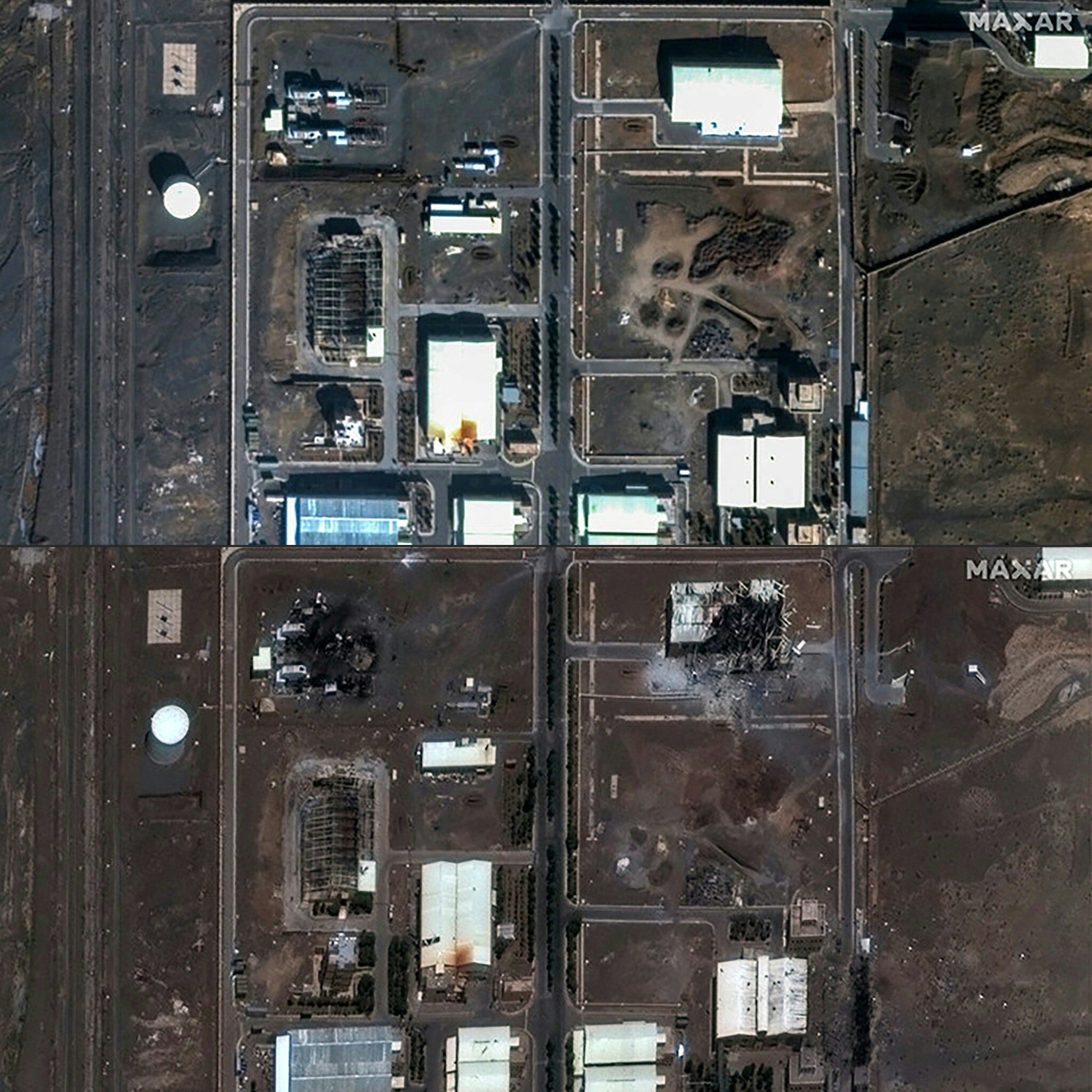What Happened
On June 21, 2025, the United States conducted airstrikes against three key Iranian nuclear facilities: Fordow, Natanz, and Isfahan. This marked a significant escalation in the ongoing conflict between Israel and Iran, with the U.S. entering the fray by targeting sites integral to Iran’s nuclear program. U.S. President Donald Trump described the strikes as “very successful,” claiming that the facilities were “totally obliterated.” The strikes were carried out using B-2 stealth bombers and included the deployment of a 30,000-pound “bunker buster” bomb, specifically designed to penetrate fortified structures.
In response, Iran launched over 470 ballistic missiles and around 1,000 drones at Israel, resulting in casualties and significant damage within Israeli territory. Iranian officials condemned the U.S. strikes, labeling them a “dangerous war” and a violation of international law. They warned that the attacks would have “everlasting consequences,” and called for an emergency meeting of the United Nations Security Council to address the situation.
Key Details
- Date of Strikes: June 21, 2025
- Targeted Facilities:
- Fordow: Located near Qom, this facility is heavily fortified and buried deep within a mountain.
- Natanz: Iran’s primary uranium enrichment site, previously targeted by Israeli airstrikes.
- Isfahan: A center for nuclear technology and research.
- Casualties: Initial reports indicate that Iranian missile strikes on Israel have resulted in at least 24 deaths and thousands of injuries.
- U.S. Military Involvement: The strikes represent the first direct military action by the U.S. against Iran since the onset of hostilities, marking a shift from supporting Israel through defensive measures to offensive military operations.
- Iran’s Response: Iran has threatened retaliation and described the U.S. actions as an entry into the war, asserting its right to defend its sovereignty.
Multiple Perspectives
The U.S. government, particularly President Trump, has framed the strikes as a necessary action to prevent Iran from developing nuclear weapons and to protect Israel. Trump emphasized the need for Iran to “make peace” following the strikes, though the specifics of what that entails remain unclear.
Conversely, Iranian officials have characterized the U.S. actions as an act of aggression that violates international norms. They argue that the strikes were unprovoked and detrimental to regional stability. Iranian lawmakers have downplayed the effectiveness of the strikes, claiming that the damage was superficial and that the facilities could be quickly restored.
International reactions have varied. British Prime Minister Keir Starmer called for Iran to return to negotiations, framing the U.S. strikes as a necessary step to prevent nuclear proliferation. Meanwhile, Iraq’s government condemned the strikes as a grave threat to regional peace, urging de-escalation.
Context & Background
The U.S. strikes come amid heightened tensions in the Middle East, particularly following Israel’s military actions against Iran’s nuclear program and its support for various regional actors opposed to Iranian influence. The conflict has roots in longstanding geopolitical rivalries, particularly concerning Iran’s nuclear ambitions and its support for groups like Hezbollah and Hamas.
The U.S. had previously engaged in diplomatic efforts to curb Iran’s nuclear program, notably through the Joint Comprehensive Plan of Action (JCPOA) established in 2015. However, the U.S. withdrawal from the agreement in 2018 and subsequent sanctions have exacerbated tensions. The recent military actions reflect a shift from diplomatic to military solutions in the U.S. approach to Iran.
What We Don’t Know Yet
Several uncertainties remain regarding the aftermath of the strikes and the broader implications for regional stability. Key questions include:
- Impact Assessment: While U.S. officials claim significant damage to Iranian facilities, Iranian sources contest these assertions. The true extent of the damage, particularly at the Fordow site, remains unclear.
- Iran’s Response: How Iran will choose to retaliate is uncertain. Analysts suggest various possibilities, including direct military action against U.S. interests in the region or a more measured diplomatic approach.
- Future U.S. Strategy: It is unclear how the U.S. will proceed following these strikes. Will there be further military action, or will the focus shift back to diplomatic negotiations?
- International Reactions: The global response to the strikes, particularly from key players like Russia and China, and their potential involvement in the conflict, remains to be seen.
In summary, the U.S. strikes against Iranian nuclear facilities represent a significant escalation in the Israel-Iran conflict, with potential ramifications for regional and global security. The situation is fluid, and ongoing developments will be critical in shaping the future landscape of U.S.-Iran relations and broader Middle Eastern geopolitics.


